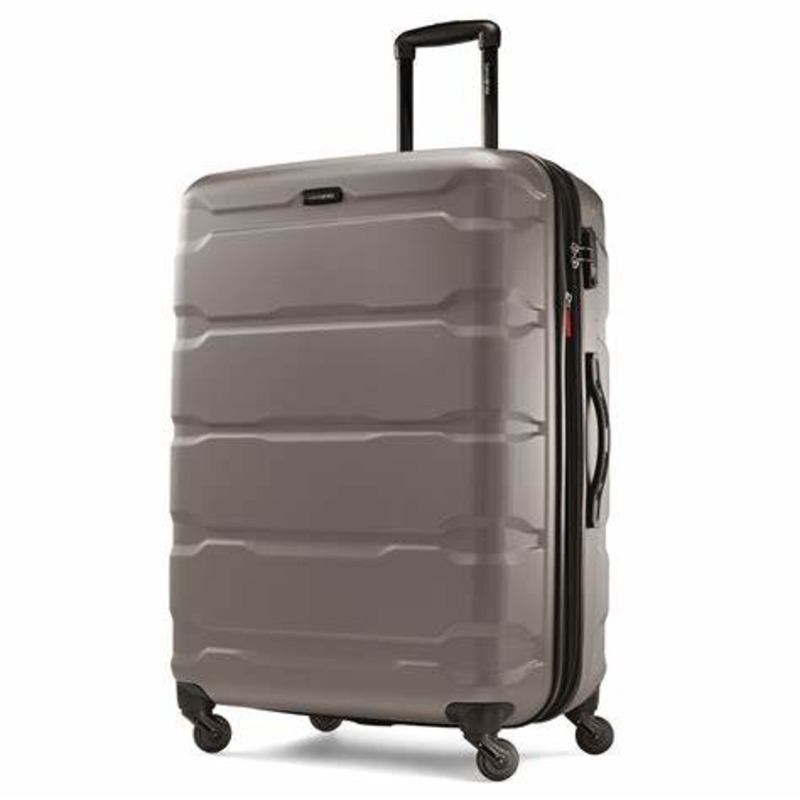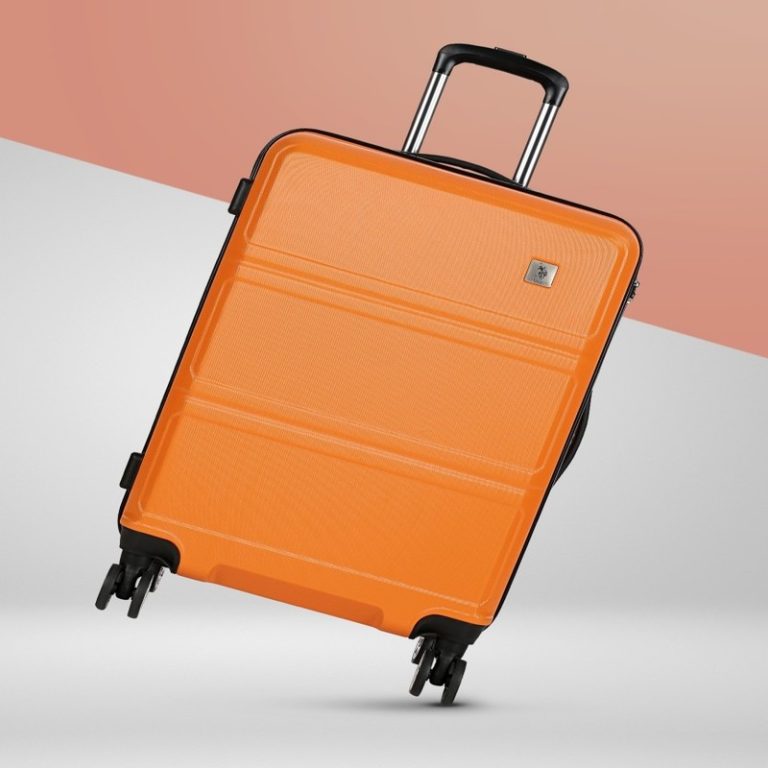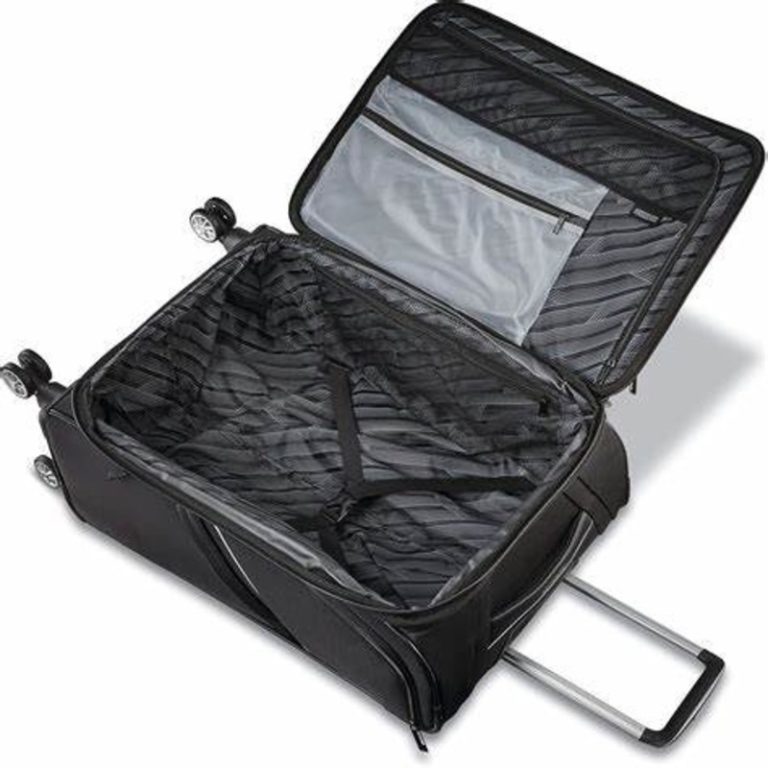Introduction to Luggage Size Regulations
Understanding luggage size regulations is key to stress-free travel. Airlines often have strict baggage policies that passengers must follow. One key measurement you’ll hear about is the linear inch size of your luggage. So, what is 62 linear inches luggage? It’s the total sum of your bag’s height, width, and depth. Most airlines use this standard as the maximum allowed for checked baggage.
Before you pack for your flight, it’s essential to know these rules to avoid extra fees or the hassle of repacking at the airport. Adhering to the 62 linear inch rule can make your travel experience smoother and more enjoyable. Keep reading to learn how to calculate your luggage’s linear inches and tips for staying within the limit.
Calculating Your Luggage’s Linear Inches
When preparing for a trip, you need to ensure your baggage adheres to airline regulations. Calculating your luggage’s linear inches is simple. Start by measuring the height, width, and depth of your suitcase at its largest points. Include any handles, wheels, or pockets that might stick out when the luggage is upright. Don’t forget these extra parts, as they count towards the total size.
Once you have these three measurements, add them together. This is the total linear inch value of your luggage. For example, if your suitcase measures 28 inches high, 19 inches wide, and 15 inches in depth, the total is 62 linear inches (28+19+15=62). It’s important to hit the 62-inch mark or stay under; going over could result in extra fees or even the rejection of your luggage at check-in.
While the term ’62 linear inches’ may sound technical, it’s just the total of height, width, and depth. Remember, every airline may have their own specific requirements or allowances for luggage size. Always check your airline’s policy prior to traveling to avoid unnecessary stress. Knowing how to calculate your luggage’s size can save time and money, ensuring ‘what is 62 linear inch luggage’ won’t be a concern for your upcoming travels.
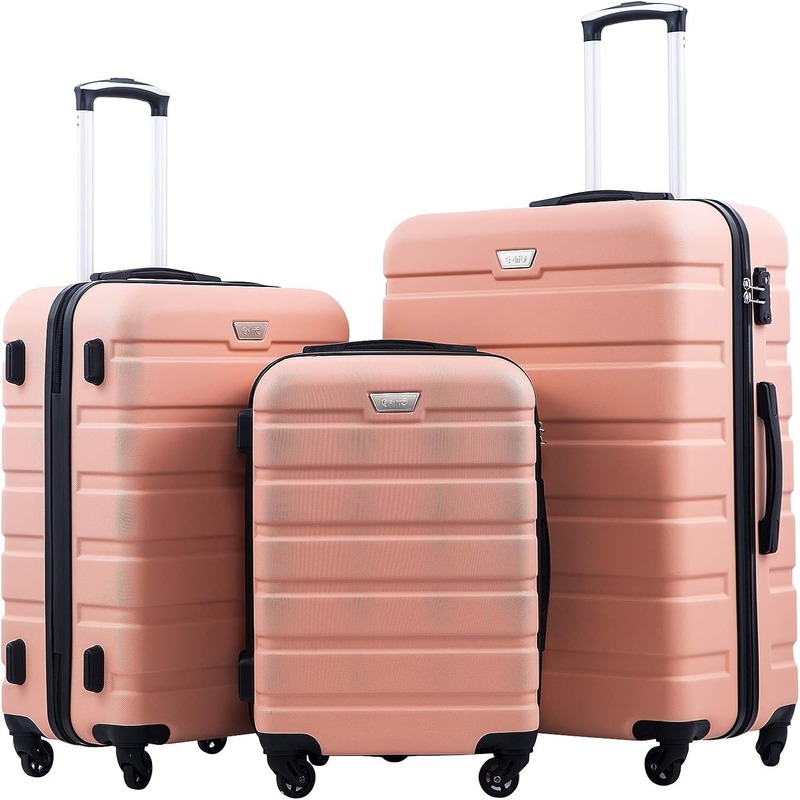
Importance of 62 Linear Inches in Air Travel
Why do airlines focus on the ’62 linear inch’ rule? Sticking to this size limit matters for several reasons. First, it ensures your luggage will fit in the aircraft’s cargo hold. Planes have limited space, and oversized bags could cause issues with storage. Also, balancing the weight of the aircraft is crucial for safe flight operations. Well-sized bags help achieve this balance.
Following the 62 linear inch guideline also speeds up the check-in process. When passengers keep to size limits, there’s less delay at check-in counters. This makes travel more efficient for everyone. Plus, adhering to this standard helps avoid unexpected fees. Many airlines charge extra for bags that exceed size limits.
Understanding the importance of 62 linear inches luggage can also affect your travel budget. Keeping your baggage within size restrictions means saving money. This leaves more for you to spend on your travels. Lastly, being mindful of size ensures that you’ll comply with most airlines’ policies, making your trip stress-free.
To sum up, the 62 linear inch rule is key for fitting bags on planes, maintaining flight safety, speeding up check-in, avoiding fees, sticking to budget, and ensuring a smooth travel experience.
How to Measure Your Luggage Accurately
To ensure your baggage fits within the 62 linear inch limit, accurate measurement is vital. Here’s how to do it:
First, find a flat surface. Lay your luggage on this surface. Make sure it is steady. Now, take a tape measure. Measure the height from the bottom to the top of the suitcase. For the width, measure from one side to the other at the widest point. For depth, measure from the front to the back panel at the thickest part. Do not miss the wheels or handles. They add to the overall dimensions.
Note each measurement on a piece of paper. Then, add the height, width, and depth numbers together. This total gives you the luggage’s linear inches. If your total is 62 inches or less, you meet the standard limit.
Always round up to the nearest inch to stay safe. Airlines may do the same. Measuring accurately can help avoid unforeseen issues at the check-in counter.
Keep a record of these measurements. They are helpful for future trips. Knowing your luggage size beforehand is always better. It will save time and stress at the airport.
Remember, accurate measurement is the first step. But packing within limits is crucial too. Take care to select luggage that lends itself to this. Choose options with less bulk and easy to measure features. This way, ‘what is 62 linear inch luggage’ won’t cause you any trouble when you travel.
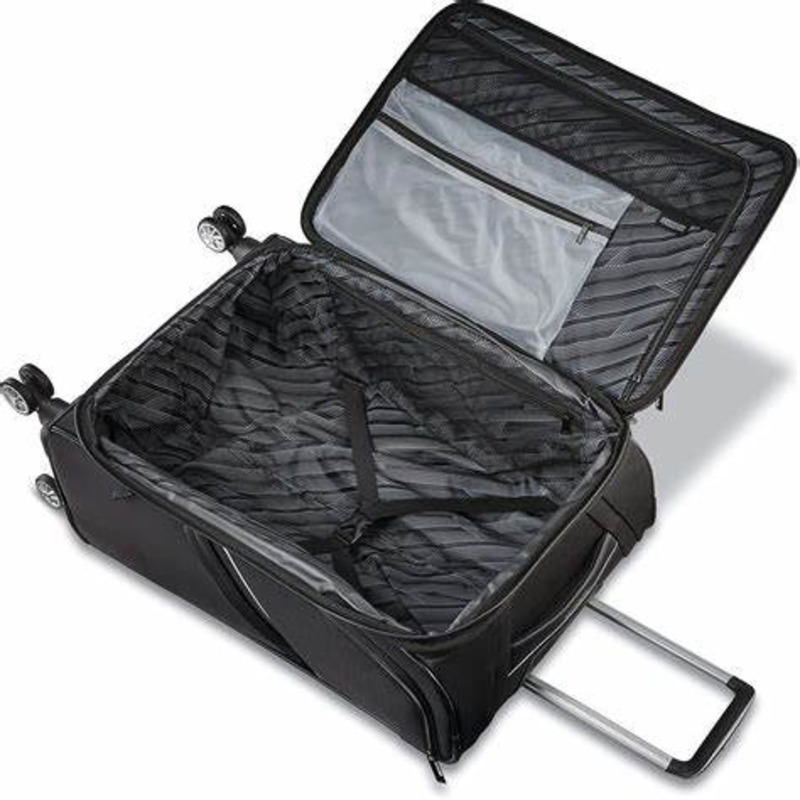
Tips for Packing Within the 62 Linear Inch Limit
Packing within the 62 linear inch limit requires some strategy. Here are practical tips to help you pack without worrying about exceeding airline size restrictions:
- Choose Soft-Sided Bags: Soft-sided luggage can compress better than hard cases. They conform to tight spaces and won’t add extra inches.
- Limit Bulky Items: Bulky clothes and accessories take up more space. Pack light layers you can mix and match.
- Roll, Don’t Fold: Rolling your clothes can save space and reduce wrinkles. You will fit more items into your luggage this way.
- Use Packing Cubes: Packing cubes help organize and compress your clothes. This makes it easier to stay within size limits.
- Fill Dead Space: Stuff socks and underwear into shoes and corners. It uses every available space efficiently.
- Avoid Over-Packing: A suitcase that is too full may stretch beyond the size limit. Pack only what you need.
- Wear Bulkier Items: Wearing your bulkiest shoes and jacket on the plane frees up space in your luggage.
- Check Luggage Compatibility: Some luggage designs include pockets and expansion features. Use them wisely to avoid added inches.
Remember these tips as you prepare for your trip. Packing smart ensures that 62 linear inches luggage won’t be a barrier to a great travel experience. By following these suggestions, you can travel stress-free, knowing your luggage fits the regulations.
The Consequences of Exceeding Luggage Size Restrictions
Going over the 62 linear inches luggage limit can have drawbacks. Here’s what might happen if your bag is too big:
- Extra Fees: Many airlines charge for luggage that goes beyond the permitted size. These fees can be costly and add up quickly, especially for frequent travelers.
- Repacking at the Airport: If your suitcase is too large, you may need to repack your items at the check-in counter. This is stressful and wastes time.
- Denied Boarding: In some cases, if luggage exceeds size restrictions by a significant amount, airlines can deny boarding of the bag.
- Damaged Luggage: Oversized bags are harder to handle and might get damaged during transport. This can lead to broken wheels, tears, or even lost items.
- Delayed Travel: Dealing with luggage issues can slow down your journey. It takes time to sort out payment of fees or rearranging your belongings.
- Complications with Connecting Flights: If you have a connecting flight, oversized luggage might not transfer in time. This can cause missed flights or lost bags.
- Reduced Convenience: Larger bags are harder to move around. This makes your travel experience less enjoyable and more cumbersome.
Avoid these consequences by sticking to the size limit. Measure your luggage before you leave and pack wisely. This way, you can enjoy your trip with peace of mind.
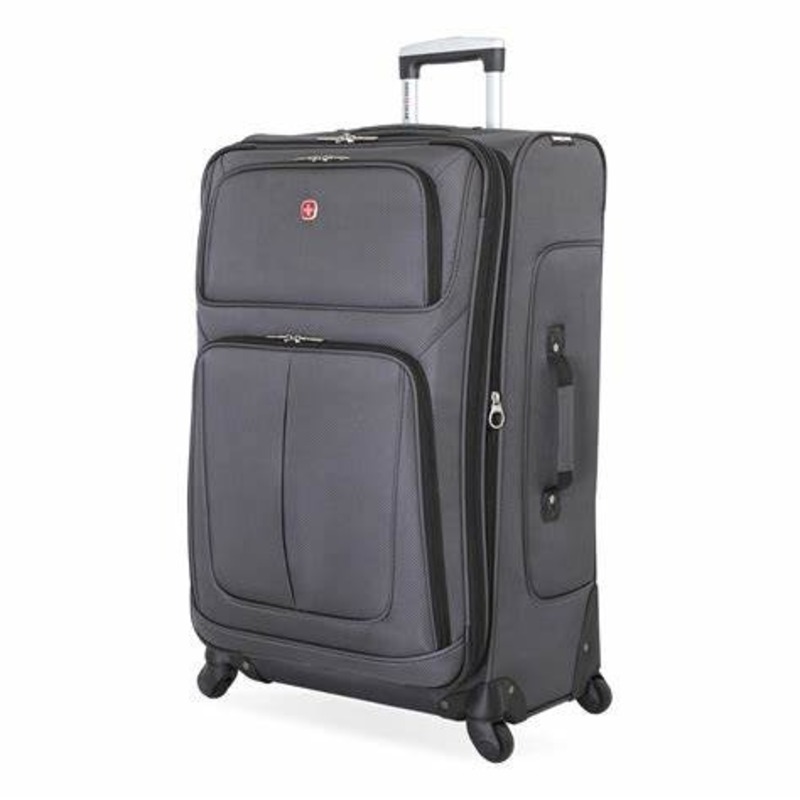
Selecting the Right Luggage for Your Travel Needs
Choosing the right luggage is crucial for hassle-free air travel. When selecting a suitcase, consider the 62 linear inches luggage rule to make sure your luggage will comply with most airlines’ restrictions. Here are several points to consider when picking the right luggage that suits your travel needs:
- Look for Adjustable Sizes: Opt for luggage that offers expansion options. This allows more flexibility while staying within size limits.
- Consider Durability: Your luggage should withstand the rigors of travel. Durable materials like high-grade polyester or polycarbonate can endure rough handling.
- Check for Lightweight Options: A lighter bag will make it easier to stay under weight limits. This can also save you from unnecessary strain.
- Assess the Maneuverability: Smooth-rolling wheels and sturdy telescoping handles increase comfort when moving through airports.
- Prioritize Organizational Features: Internal compartments and pockets help in keeping your belongings organized and easily accessible.
- Confirm with Airline Size Guides: Before making a purchase, match the luggage dimensions with your airline’s requirements. Doing this ensures no surprise at check-in.
- Read Reviews and Ratings: Look at customer feedback for insights into how the luggage performs in real travel situations.
Selecting luggage that aligns with the 62 linear inches luggage guideline simplifies air travel. It lets you pack with confidence, knowing you’ll avoid oversize baggage fees. With these considerations in mind, your journey can be more enjoyable and less about luggage logistics.
Alternatives to Traditional Luggage Options
Even with careful packing, traditional luggage might not always be the best fit. Consider alternatives that comply with the 62 linear inches luggage rule. These options can offer flexibility and convenience for your travels.
- Duffel Bags: These soft bags are adaptable. They can shape to fit spaces. Great for short trips.
- Travel Backpacks: Some backpacks are designed for travel. They have compartments for organization. Check their size to ensure compliance.
- Garment Bags: For business travel, these keep clothes wrinkle-free. They can also fold to meet size restrictions.
- Carry-On Luggage: Smaller bags for essentials. They fit in overhead bins. Good for avoiding check-in.
In the quest for the ideal travel solution, 62 linear inches luggage. Each alternative has its benefits. Find one that suits your travel style while adhering to size limits.
